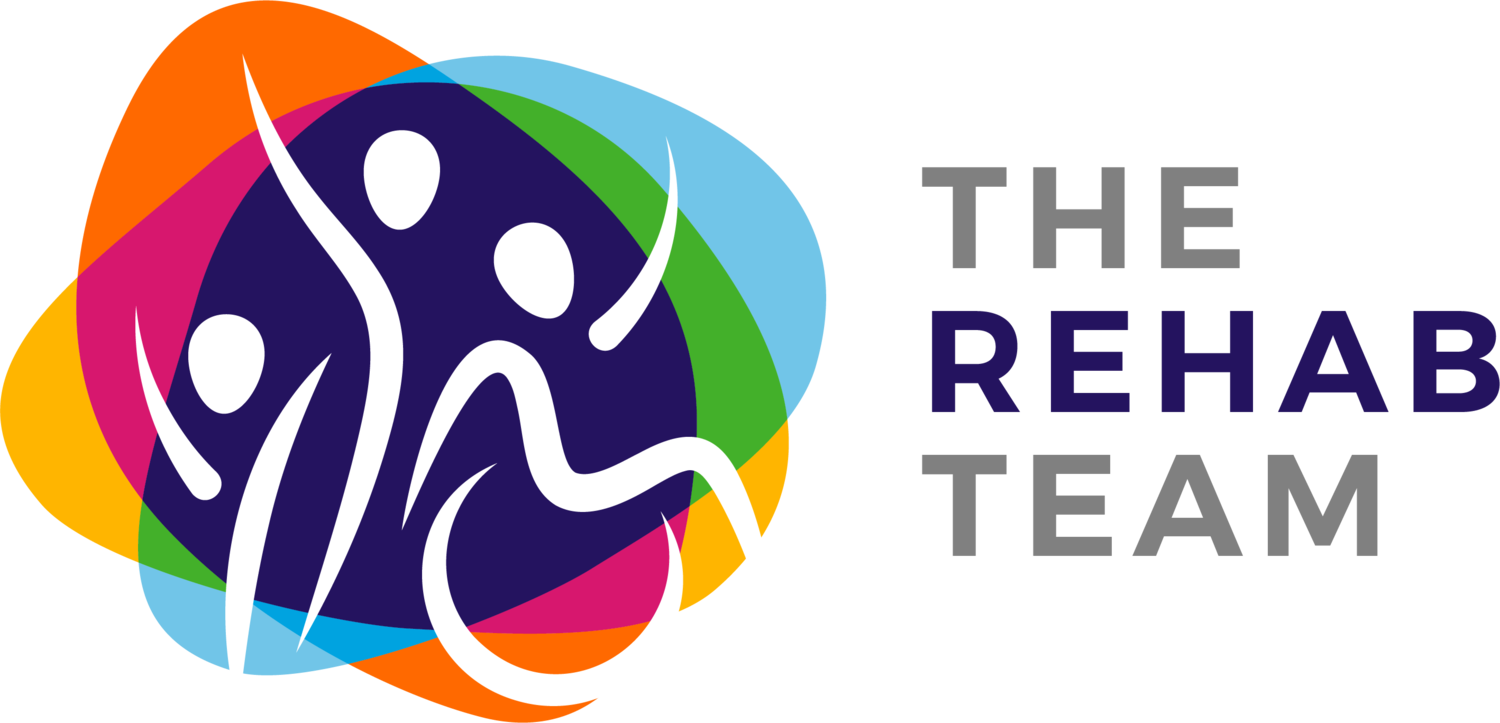Telehealth: How can my physio help me without physical touch?
We have all thought it. How can a physiotherapist help someone without physically touching them? Michael Davis, a Tauranga-based physio from The Rehab Team helps answer this question.
Over the past year and a half, we have had very positive experiences and outcomes with patients whom we have conducted telehealth consultations and rehab programs. Whilst there are some obvious differences it does have some surprising advantages.
Diagnostically, the subjective history part of the assessment provides the strongest indicators for reaching an initial diagnosis. This includes all the key background, including the mechanism or development of injury, the nature be it acute, sub-acute or chronic, aggravating and easing factors. Importantly, it’s the unfolding of your story, the language you use and what you describe, that provide key insights into what is going on with the injury but also in your overall health and environment.
After the subjective, we jump right into global and specific movements, repeated movements and basic functional movements to help provide key information to how and why you may be moving a certain way. Combined with the subjective history, you can be reasonably confident to nail down to the right areas by this stage and come up with your working diagnosis.
Now, we haven’t rolled completely over and transitioned to telehealth full-time. We still love being face-to-face and hands-on, including a combination of manual therapy treatments for short term pain modulation with good education, and active rehabilitation approaches. That said, with regard to the benefits of telehealth, if we are really critical about what provides the most benefit to our patients progress, it is in the depth of subjective history taking, movement analysis, making a diagnosis and then providing simple and practical education and exercise prescription. Combined with empowering and coaching our patients to take control of what they can do to be self aware, manage, improve and optimise their rehabilitation, those are the most important parts of what we do at The Rehab Team. All of that can definitely be done online.
What is also important to take away is that the above process can also highlight times when we need further information just like in the clinic, be that more hands on feedback, imaging, further testing or referral to another health professional. There is a lot of information that can be gathered through online physio consultations, and there are also really good active rehabilitation approaches that can be started, monitored and progressed online. So yes, we are big advocates for online telehealth physiotherapy as another option for people to access great quality health care with comparable outcomes.
What’s the evidence for telehealth in physiotherapy?
We know there may be some of you who like to research and delve deep into a subject before taking a decision, and we can help with that. There is a growing body of positive evidence to support the use of telehealth based physiotherapy assessment, diagnosis and treatment outcomes compared to in person physiotherapy. A recent study by Cottrell et al, 2018 found that there was a high level of agreement (83%) between telehealth and in-person assessments with respect to clinical management decisions and diagnosis of patients with chronic musculoskeletal conditions managed in an advanced practice physiotherapy screening clinic. Another study by Russell et al, 2010 showed substantial (79% and higher) agreement in the validity and reliability of remote assessment and diagnosis of non-articular lower limb musculoskeletal conditions via telehealth. There have been multiple studies on the effectiveness of telehealth and they have shown positive results. Studies have actually found greater patient satisfaction and better adherence to exercise plans with telehealth compared to standard in-person consultations.
If you feel telehealth physiotherapy is right for you, head to our Telehealth Physiotherapy page to book online today.

